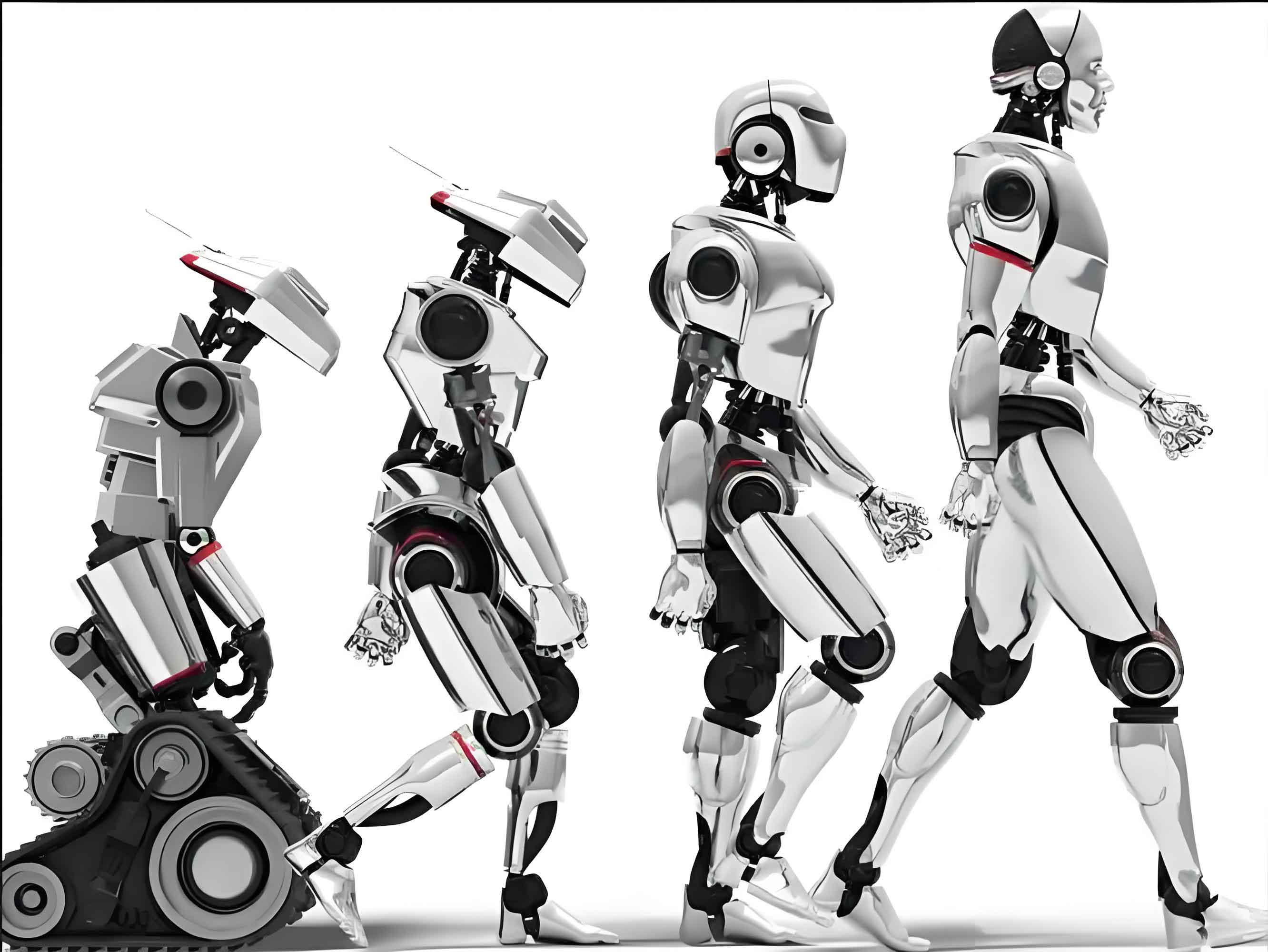The whir of servo motors is the new soundtrack of progress. Across factory floors, hospital corridors, and disaster zones, a generation of intelligent robots is executing tasks once deemed impossible for machines. At the forefront stands Unitree Robotics, whose quadrupedal systems embody a seismic shift in automation—not through brute force, but through adaptive intelligence. Their rise signals a tipping point: intelligent robots are no longer laboratory curiosities. They are economic accelerators, safety guardians, and pioneers of uncharted technological frontiers.

Engineering Intelligence: Beyond Pre-Programmed Automation
What distinguishes today’s intelligent robots from their industrial ancestors? The answer lies in real-time environmental cognition. Legacy robots operated in static, controlled settings. Modern units, like Unitree’s Go2 or B2, navigate chaotic urban rubble or icy terrain using multimodal sensors—LiDAR, thermal imaging, and proprioceptive torque measurement—processed through edge-computing neural networks. This allows autonomous recalibration mid-task: a robot stumbling on debris instantly redistributes weight, adjusts gait, and proceeds without human intervention.
Dr. Elena Rostova, a roboticist at MIT’s Embodied Intelligence Lab, explains: “An intelligent robot doesn’t just do—it learns. When Unitree’s units detect an unfamiliar obstacle, they don’t freeze. They build a 3D spatial map, test stabilization algorithms, and archive solutions for future encounters. This is machine resilience mirroring biological adaptability.”
The Supply Chain Catalyst
Global manufacturing faces a trifecta of crises: labor shortages, supply chain fragility, and quality control breakdowns. Intelligent robots address all three. In Guangdong’s electronics factories, Unitree’s H1 humanoids now perform micro-soldering with 0.01mm precision—a task requiring 20/5 human vision. Meanwhile, their quadruped counterparts transport components between workstations, optimizing routes via real-time inventory tracking.
The impact? Facilities using such intelligent robots report 60% fewer defects and 45% faster production cycles. “They don’t replace humans; they amplify them,” says Carlos Mendez, a production director at Siemens. “When an intelligent robot handles hazardous material transport, workers pivot to innovation-driven roles.”
Life-Saving Autonomy
When earthquakes struck Türkiye in 2023, rescuers faced collapsed structures too unstable for human entry. Unitree’s B2 intelligent robots entered crevices, locating survivors via biometric sensors and delivering hydration packs. Their ability to traverse vertical shafts and debris fields—tasks lethal for humans or drones—proved revolutionary.
Similarly, in nuclear facilities like Fukushima, radiation-hardened intelligent robots conduct repairs in “hot zones,” reducing human exposure. “Every minute in high-radiation areas increases cancer risk,” notes Dr. Kenji Tanaka of the Japan Atomic Energy Agency. “These intelligent robots buy us time we never had.”
The Ethical Algorithm
With autonomy comes ethical complexity. Intelligent robots operating in public spaces—say, patrolling parks or assisting pedestrians—must navigate unspoken social contracts. How close should they approach children? When should they override commands for safety? Unitree’s engineers deploy “ethical guardrails”: algorithms weighing utilitarian outcomes (e.g., rerouting traffic to protect pedestrians) against privacy thresholds (avoiding facial recognition in non-emergencies).
Critics, however, warn of accountability gaps. “If an intelligent robot causes harm during autonomous operation, who’s liable? The manufacturer? The operator? The AI itself?” asks Prof. Liam Byrne of Oxford’s AI Ethics Centre. Regulatory frameworks, he argues, must evolve alongside the technology.
Market Metamorphosis
Investors recognize the inflection point. Venture funding for intelligent robot developers surged 200% between 2022–2024, with Unitree securing $400 million in its Series D round. The message is clear: scalability is imminent. Mass production slashed Unitree’s flagship model costs by 50% in 18 months, democratizing access for SMEs.
Simultaneously, emerging markets leapfrog legacy infrastructure. In Nigeria, solar-powered Unitree A1 intelligent robots inspect remote oil pipelines, preventing leaks in regions lacking monitoring grids. “Why build expensive sensor networks when mobile intelligent robots cover 200km daily?” says Lagos-based energy consultant Amina Diallo.
The Road to Superintelligence?
The next leap involves swarm intelligence. Unitree’s 2025 prototypes demonstrate “hive-mind” coordination: 200 quadruped intelligent robots executing synchronized tasks—constructing temporary shelters in disaster zones or harvesting crops—via distributed AI. Each unit shares terrain data, computational resources, and error corrections, creating emergent collective intelligence.
Yet, boundaries remain. True artificial general intelligence (AGI)—where intelligent robots reason abstractly or exhibit creativity—remains elusive. “We’re at ‘narrow brilliance,’” clarifies Unitree CTO Zhang Wei. “A robot can master stair navigation but can’t philosophize about stairs.”
Conclusion: Coexistence, Not Conquest
The rise of intelligent robots ignites dystopian fears of human obsolescence. Reality is more nuanced. These machines excel in domains humans cannot: extreme environments, precision micro-tasks, or data synthesis at teraflop speeds. But they lack our contextual wisdom, empathy, and improvisational flair.
The future isn’t robots versus humans—it’s robots and humans. As Unitree’s systems handle midnight warehouse shifts or deep-mine inspections, they liberate human potential for pursuits only we can conquer: scientific discovery, artistic expression, and the complex ethics of guiding our creations. The silent revolution isn’t about replacement. It’s about elevation.
